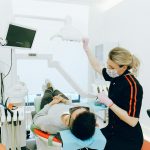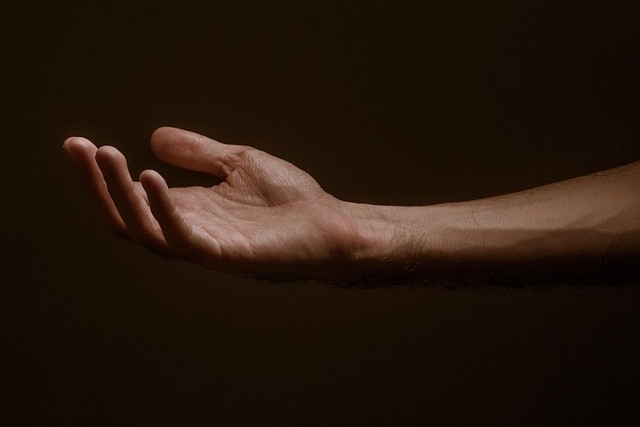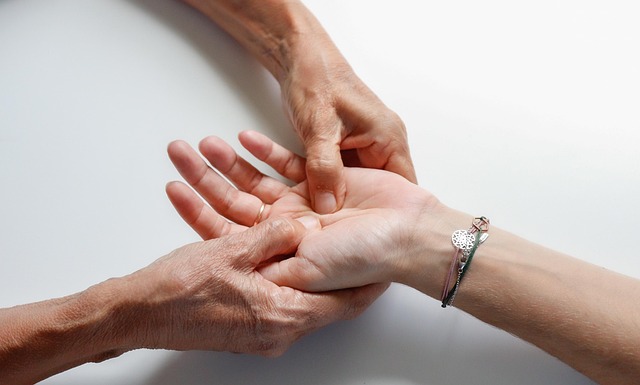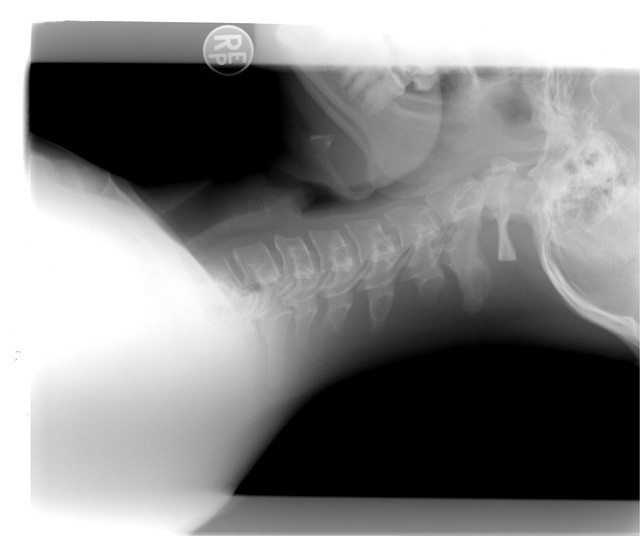In 2016, Waqqar, et. al., conducted study about Chronic mechanical low back pain (CMLBP) which affects people of all ages and genders, and finding the most effective treatment is crucial for improving quality of life. A recent randomized controlled trial (RCT), conducted at Riphah Physical Rehabilitation Centre, Pakistan Railways General Hospital in Rawalpindi, sought to determine which of two manual therapy approaches—McKenzie extension exercises (EEP) or Mulligan Sustained Natural Apophyseal Glides (SNAGs)—is more effective for treating CMLBP.
The trial, which ran from July to December 2014, involved 37 patients aged 30 to 70 with at least a four-week history of CMLBP. These patients were randomly assigned into two groups: 20 patients received Mulligan SNAGs (Group A), while 17 patients were treated with McKenzie EEP (Group B). Each group underwent two sessions per week over a four-week period, with outcomes measured before and after the intervention.
The researchers assessed the patients’ progress using three key tools: the Visual Analogue Scale (VAS) for pain, the Oswestry Disability Index (ODI) for disability, and lumbar range of motion (ROM) tests for spinal flexibility. At the end of the four weeks, both approaches showed substantial improvements.
- Pain Reduction: McKenzie EEP slightly outperformed Mulligan SNAGs, reducing pain from a mean score of 9.12 to 1.46 on the VAS, compared to a reduction from 8.85 to 2.55 for Mulligan SNAGs.
- Disability Improvement: McKenzie EEP also edged out Mulligan SNAGs in reducing disability, with ODI scores dropping from 73.82 to 6.24, while the Mulligan group saw a reduction from 73.75 to 7.05.
- Range of Motion: Mulligan SNAGs were more effective in improving lumbar ROM across all directions, including flexion, extension, side bending, and rotation, compared to McKenzie EEP.
While the McKenzie exercises appeared to offer slightly better pain relief and disability improvement, the Mulligan technique demonstrated superior effectiveness in enhancing spinal mobility. Statistically, however, both treatments provided comparable overall benefits, with no significant difference in their ability to manage pain, disability, or improve ROM.
This study suggests that both McKenzie EEP and Mulligan SNAGs are valuable options for treating CMLBP, with each approach offering distinct advantages depending on the patient’s specific needs—pain relief and disability reduction versus improved mobility.
This comparison provides valuable insights for physiotherapists in tailoring treatments for patients with chronic low back pain, emphasizing the importance of a personalized approach to care.
Reference: Waqqar, S., Shakil-ur-Rehman, S., & Ahmad, S. (2016). McKenzie treatment versus mulligan sustained natural apophyseal glides for chronic mechanical low back pain. Pakistan journal of medical sciences, 32(2), 476.




